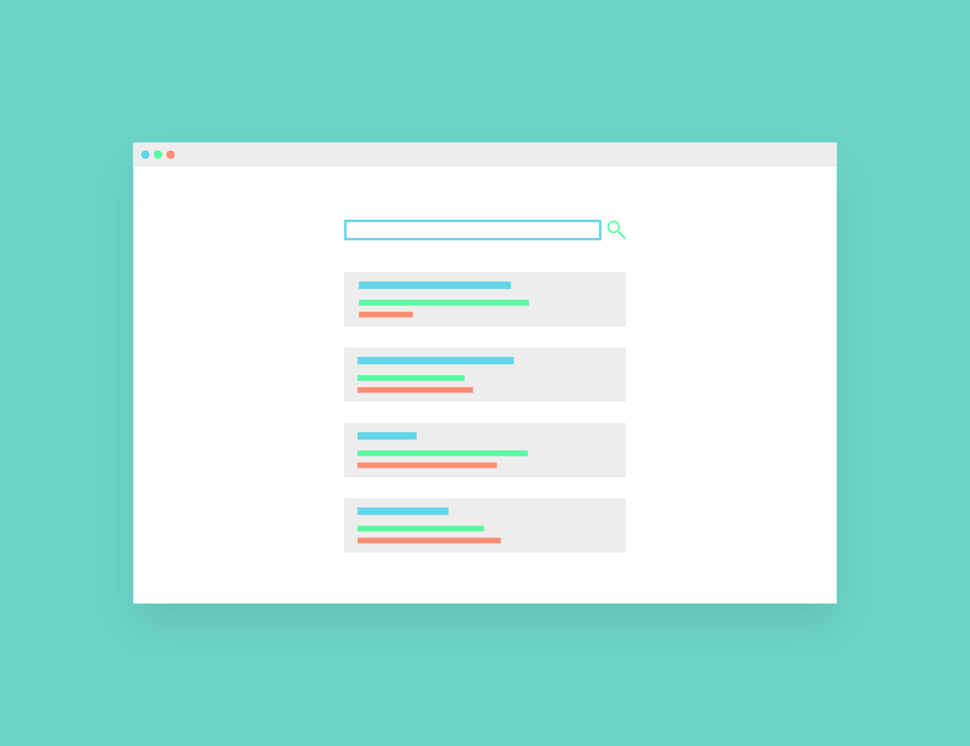Several studies suggest that search engine users usually pick the first few choices on search results. And that’s not surprising.
In an ideal situation, users should be able to examine all the choices equally before deciding which to pick. But, since there’s no way to do that, search engines rely on a ranking system.
Now here’s the problem.
The current online ranking systems present search results linearly. That means searchers have to scroll down a page to see more results from several other sources.
Unfortunately, our attention drops off fast, and we rarely see these vast majority of options. This results in a potential for bias in various aspects of the web, whether it’s hiring or media exposure.
For example, many YouTubers usually post videos of the same recipe. However, only a few of them get way more views than others, even though the content is very similar.
In a statement, professor of computer and information science at Cornell University, Thorsten Joachims explained:
“What ranking systems do is they allocate exposure. So how do we make sure that everybody receives their fair share of exposure?”
Thorsten and his team described how they addressed the search result fairness issue in their published paper.
Using FairCo to Improve Search Result Fairness
To address this issue, the researchers devised a computational tool called FairCo that lets users specify fairness criteria.
“What constitutes fairness is probably very different in, say, an e-commerce system and a system that ranks resumes for a job opening,” says Thorsten.
Unlike the current ranking system, FairCo gives roughly equal exposure to equally relevant choices. Besides, it prevents items that are already high up on the list from enjoying preferential treatment.
The researchers point out that algorithms that favor popular items are unfair. That’s because the higher a result appears on the search engine, the more likely users will click or react.
It leads to a “rich get richer” phenomenon, where one choice enjoys more attention, while the other drops out of the conversation.
The algorithm from the Cornell University team addresses this issue. As such, its application can extend across various aspects of the web.
“You might want to use it in an e-commerce system to make sure that if you’re producing a product that 30% of people like, you’re getting a certain amount of exposure based on that,” Thorsten said.
“Or if you have a resume database, you could formulate safeguards to make sure it’s not discriminating by race or gender,” he concluded.
Other contributors to the study include computer science doctoral student and co-first author, Ashudeep Singh.



















Comments (0)
Most Recent